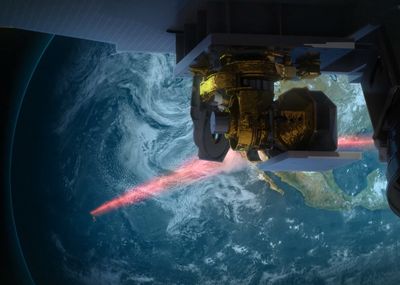Managing a Space mission lifecycle consists of a series of typical steps.
These begin with identifying mission architectures, selecting mission concepts, and evaluating feasibility. Even though this is a top-down approach, it’s widespread in the Space industry to reconcile the system-level requirements with low-level design and constraints.
Modern software development paradigms are essential for the Space sector of the future.
The focus is increasing on studies, standardisation, and reusability – where standardisation is not necessarily meant in the formal sense of the word but as a push towards the latest software solutions and development-cost lowering.
Consumer products and their applications will continue to benefit from aerospace advancements.
An example: the CMOS active pixel sensors in our smartphones and DSLR cameras, or those being used in the medical imaging industry, were initially developed for Space applications.
Direct laser communications between Space and Ground are the next new thing.
Free Space optical communication will never fully replace radiofrequency communication but will be an excellent complementary technology. There are, of course, certain laser communication shortcomings, such as atmospheric turbulence, which can be overcome with novel technologies.
One of the principal engineering challenges of optical ground stations is software engineering.
We need robust industrial control-system solutions to provide a reliable, powerful, and simple solution for monitoring and controlling all the subsystems in an optical ground station (OGS).
Space missions will have to evolve in the next five years to meet demands.
We are on the threshold of innovations in smart failure detection, isolation and recovery techniques, artificial intelligence and machine learning. The rise of the reusable Launch segment promises vast increases in reliability, cost-effectiveness, and permanent access to Space.
LISTEN TO THE PODCAST

